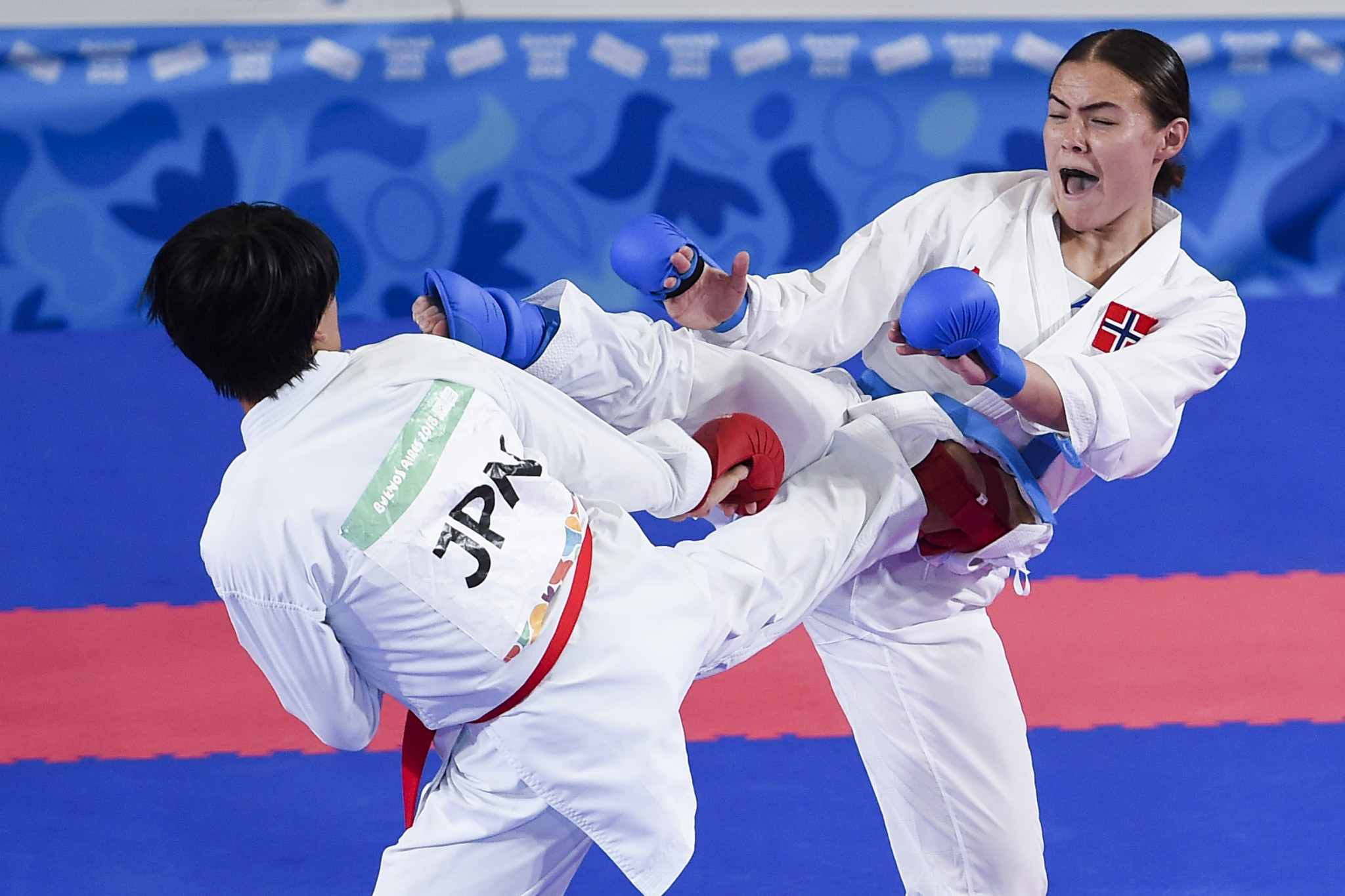History of YOG
Mục lục bài viết
History and evolution of Jacques Rogge’s vision
The Youth Olympic Games (YOG) were a personal project of former International Olympic Committee (IOC) President Jacques Rogge in his mission to fight obesity and encourage young people to take part in sports.
Rogge reported to members on the project during the 2007 IOC Session in Guatemala.
“The change in society illustrated by an increase in obesity, a decline in sports participation especially amongst young people,” he told the IOC Session.
Rogge was also concerned by a drop in school sport and the disappearance of playing fields in inner cities.
He said the YOG would “be complementary to the Olympic Games”.
For some, the Games would be a stepping stone to the Olympics but, according to Rogge, “the YOG would also serve simply to help the athletes who did not make that step to be better human beings”.
When the vote was taken, it was approved “unanimously” by a show of hands.
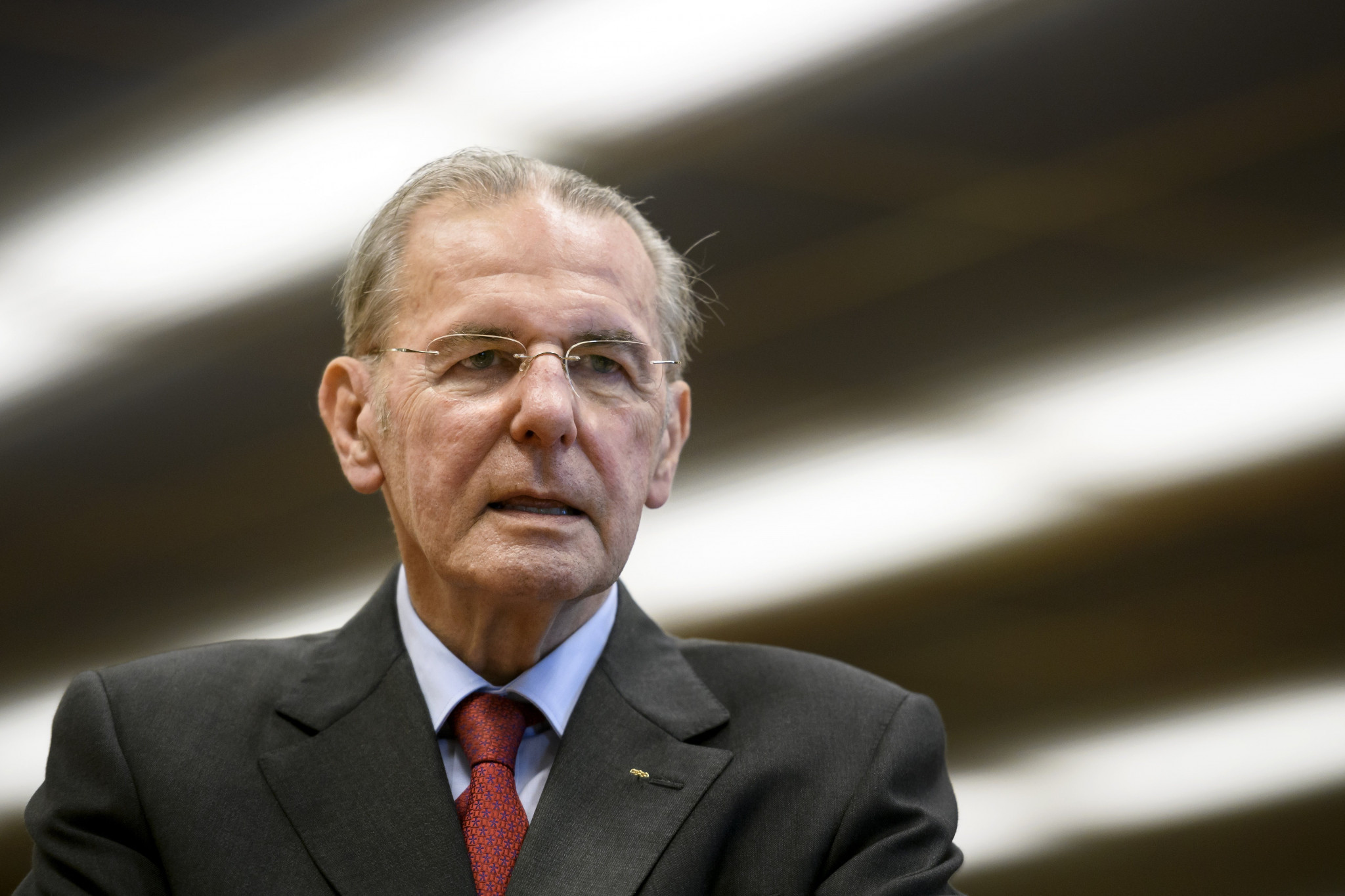
Back to top
Singapore 2010
Ng Ser Miang, the IOC member in Singapore, took charge of the Organising Committee for the inaugural Summer YOG in Singapore and Sergey Bubka, the pole vault champion from Ukraine, led the IOC’s Coordination Commission.
As with the earlier Youth Olympic festivals, each team was limited in size.
This meant each National Olympic Committee had to carefully select the make-up of their team.
A cultural education programme included seminars, while among the athlete role models were Russians Yelena Isinbayeva and Alexander Popov, Bubka and New Zealand’s Barbara Kendall.
“At Chat with the Champions”, young athletes were able to tap into the knowledge of athletes who had already achieved so much.
The competing teams were all accommodated at Singapore University.
For Singapore, the YOG represented the closest the country will realistically come to hosting the Olympic Games.
Although no big venues were built, the boat was still pushed out to a certain extent and the Ceremonies were impressive.
The social media phenomenon Twitter was in its infancy but still put to good use in Singapore, as young volunteers at the sailing competitions tweeted reports on the progress of races in windsurfing and byte, a non-Olympic dinghy class which had been chosen for the YOG.
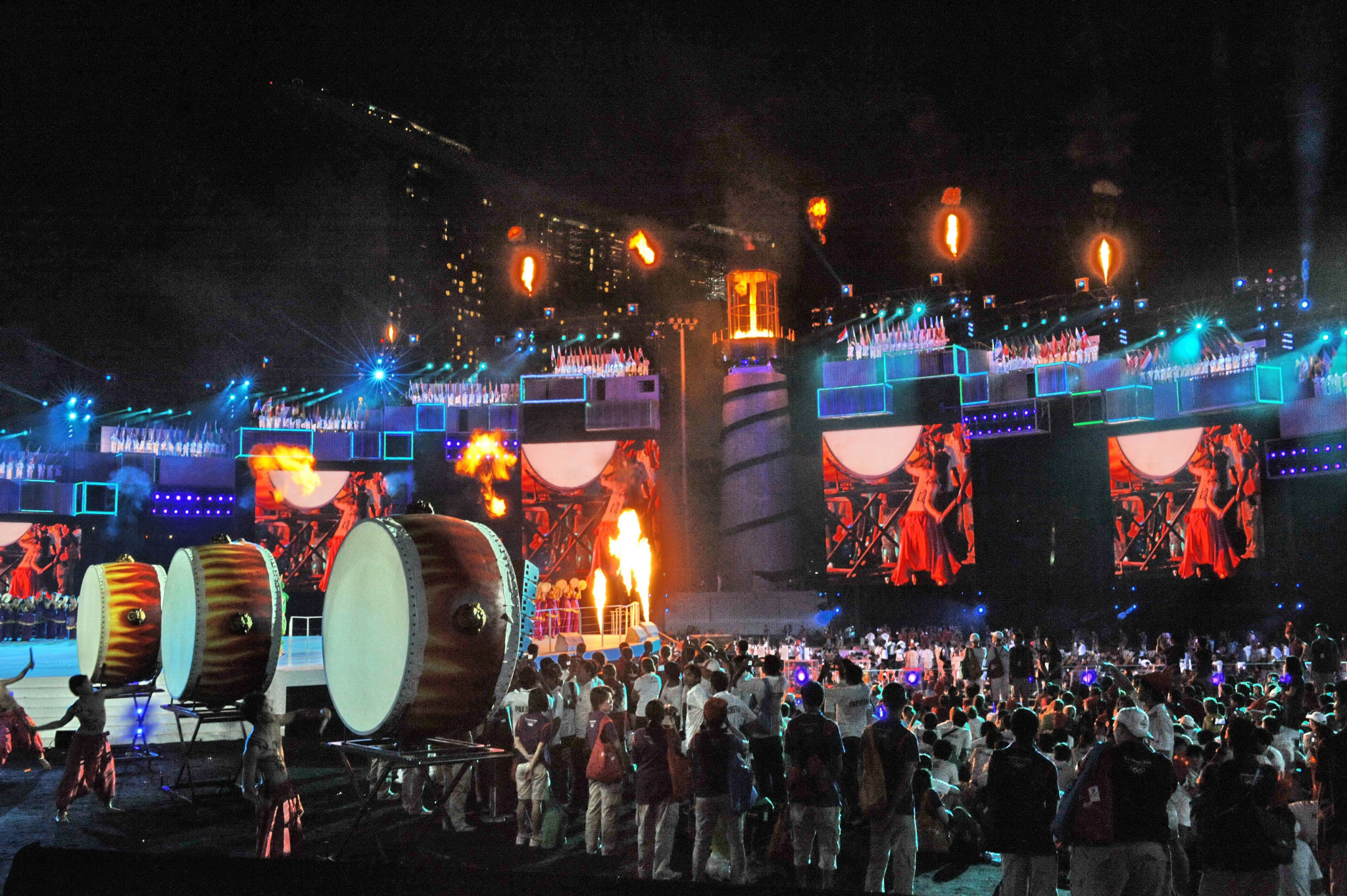
Back to top
Innsbruck 2012
The inaugural edition of the Winter YOG in 2012 saw hosts Innsbruck, Austria’s fifth largest city and the capital of the Federal State of Tyrol, put its facilities for the Winter Olympics in 1964 and 1976 to good use.
It became the first city to host three Winter Olympic events.
Held from January 13 to 22, the event attracted 1,022 athletes from 69 countries competing in 63 events.
Its cultural and education programme provided participants with insights into the various aspects that make up the life of an elite athlete, while high-profile Olympians and young ambassadors offered them guidance and advice, and stressed the importance of making the most of their YOG experiences.
In the sporting arena, Innsbruck 2012 marked the introduction of several new events, some of which would later be promoted to the Winter Olympics at Sochi 2014, such as the mixed relay in the biathlon, the mixed team relay in the luge, and men’s and women’s halfpipe skiing.
The YOG also became the testing ground for some competitions, like the ice hockey individual skills challenge, and innovative mixed National Olympic Committee team events in figure skating and short track speed skating.
Many athletes who made their names at Innsbruck 2012 are now regarded as major international stars in their respective disciplines.
Russian figure skater Adelina Sotnikova, who won the women’s singles silver medal at Innsbruck 2012, was crowned Olympic champion at Sochi 2014.
Another example of an athlete going onto bigger and better things is Japanese ski jumper Sara Takanashi, the women’s individual gold medallist at Innsbruck 2012, who is now the proud owner of five World Championship medals, including mixed team normal hill gold from 2013, and the normal hill individual Olympic bronze medal from Pyeongchang 2018.
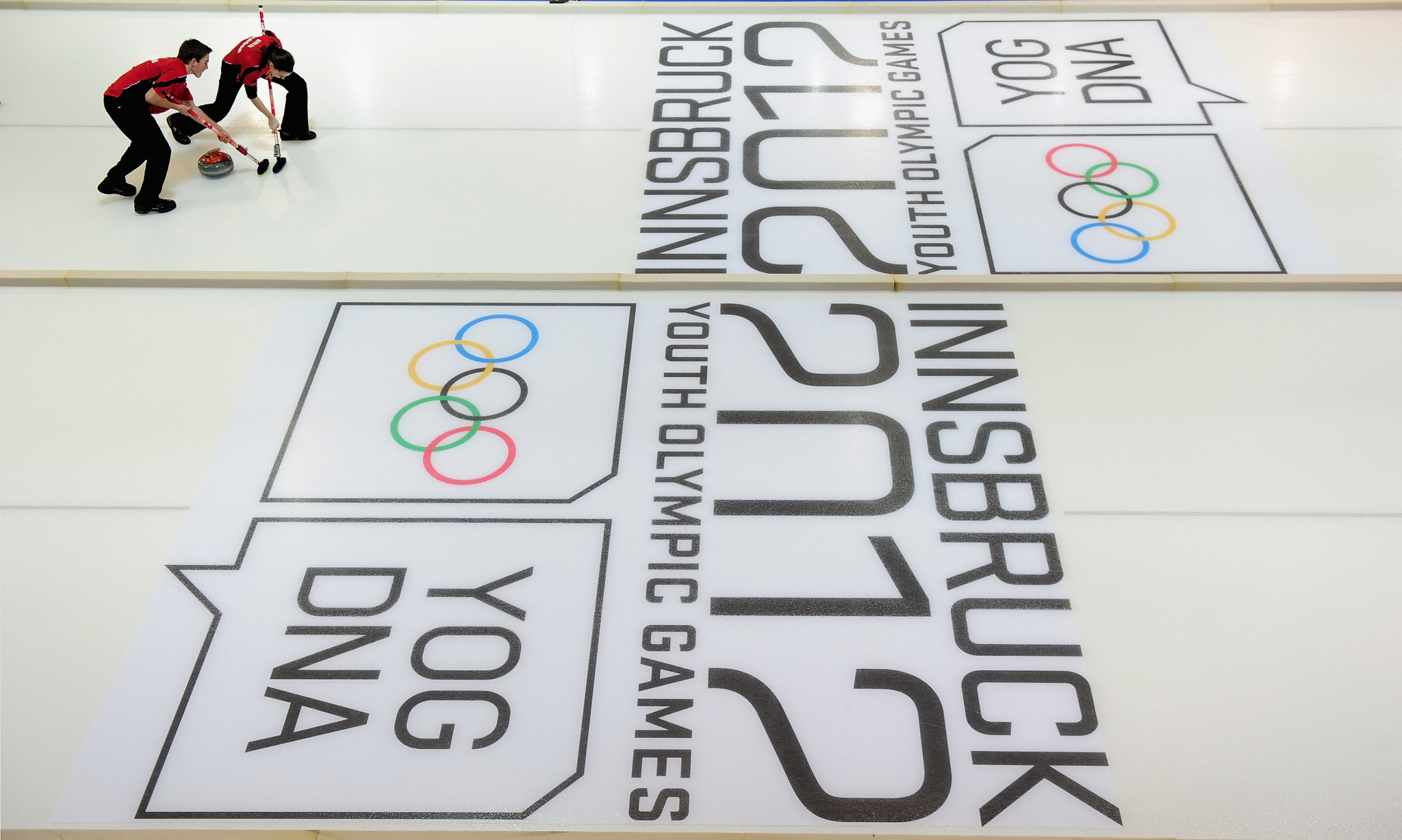
Back to top
Nanjing 2014
The first Youth Olympics of Rogge’s successor, Thomas Bach, came in 2014 in Chinese city Nanjing, which was chosen ahead of Poznań in Poland.
Nanjing 2014 and the IOC claimed social media was a crucial contributory factor to the success of the event.
Organisers stated that “from the earliest stages, social media has been a key ingredient of the team’s promotion plan for the Games”.
In particular, interest was generated by the hashtag #YOGselfie, which went viral on social media following Bach’s request during the Opening Ceremony for “as many as possible” to be taken.
On the first day alone, there were 450 million Sina Weibo posts concerning news and topics related to the Games, with selfies a major component of this success.
The Sina Weibo platform had more than 600 million views of the Youth Olympics-related content and 620,000 microblog posts involving YOG discussion.
Page views on overseas social media networks increased throughout the Games and the number of followers on the Organising Committee’s Facebook and Twitter accounts exceeded 420,000 and 24,000 respectively.
The majority of the 35 venues used during Nanjing 2014 were first established ahead of the 2005 National Games in order to adhere to IOC regulations regarding the YOG.
These facilities have continued to be used by the public in the wake of the event.
Only the Youth Olympic Village, Sports Lab and Youth Olympic Sports Park were newly constructed prior to the Games.
The Sports Lab was a venue designed to host the four demonstration sports at the Games – wushu, sport climbing, skateboarding and roller skating – with this continuing to function as it had during the event.
The Sports Park was home to beach volleyball, hockey, rugby sevens and BMX during the Games and has become a sport facility open to the public.
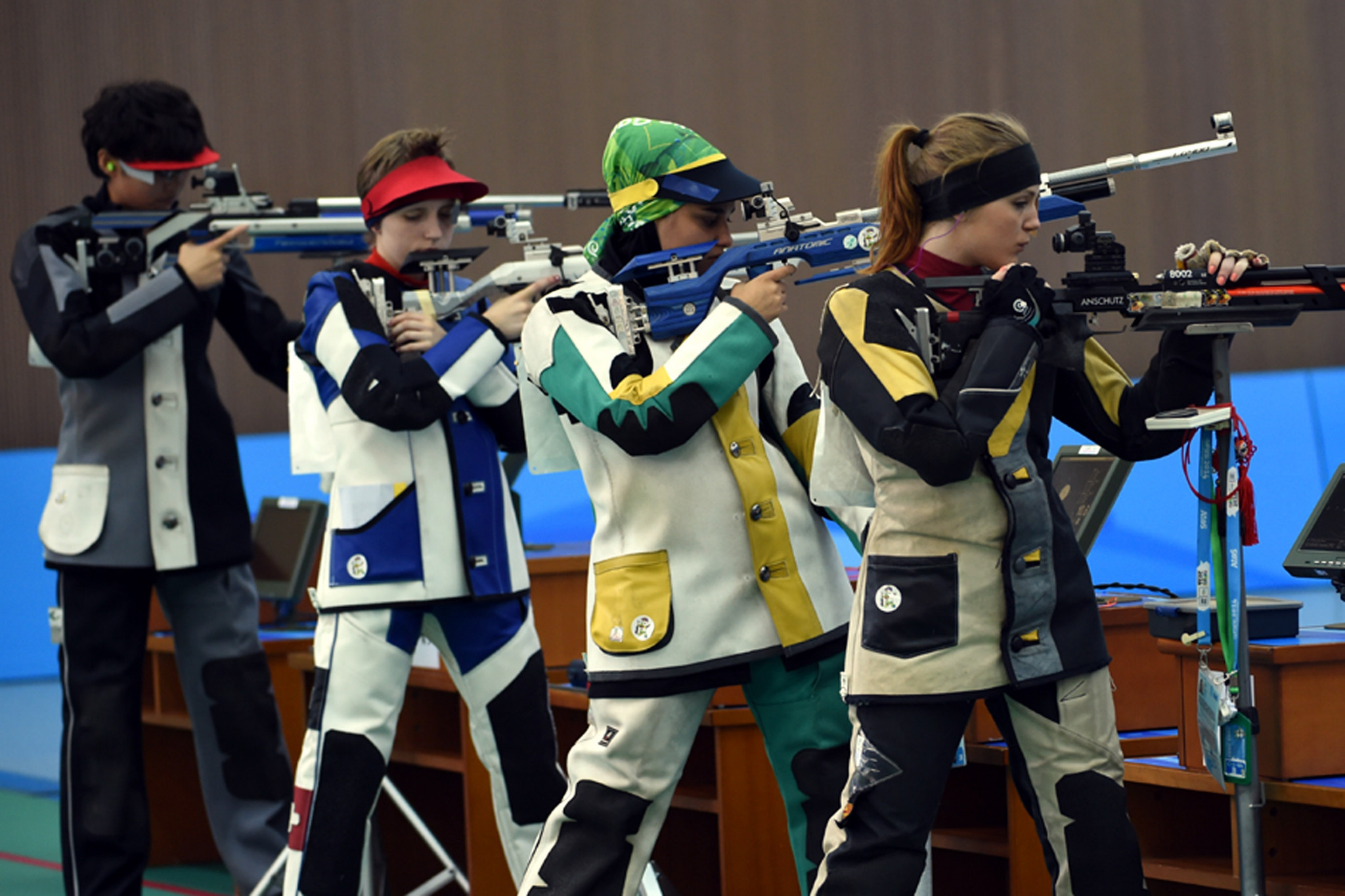
Back to top
Lillehammer 2016
Innsbruck 2012’s example of re-using existing venues was followed in 2016 by Lillehammer, the highly-praised hosts of the 1994 Winter Olympics.
The education programme still featured but was transformed into “Learn and Share”.
Athlete role models were on hand and workshops on all aspects of preparation were offered.
These zones also had substantial information on doping available.
In addition to Lillehammer, sports were contested in Hamar, Gjøvik and Øyer.
A total of 1,100 athletes from 71 countries competed in 70 events from February 12 to 21.
Switzerland’s Aline Danioth and Norway’s Marthe Krakstad Johansen stood out as the most decorated of them all.
Danioth medalled in every individual women’s Alpine skiing event, taking home golds in combined and slalom along with bronzes in super-G and giant slalom.
Johansen, meanwhile, made it to the podium in every single biathlon event, starting with silver medals in the sprint, pursuit and single mixed relay and finishing with gold in the mixed relay.
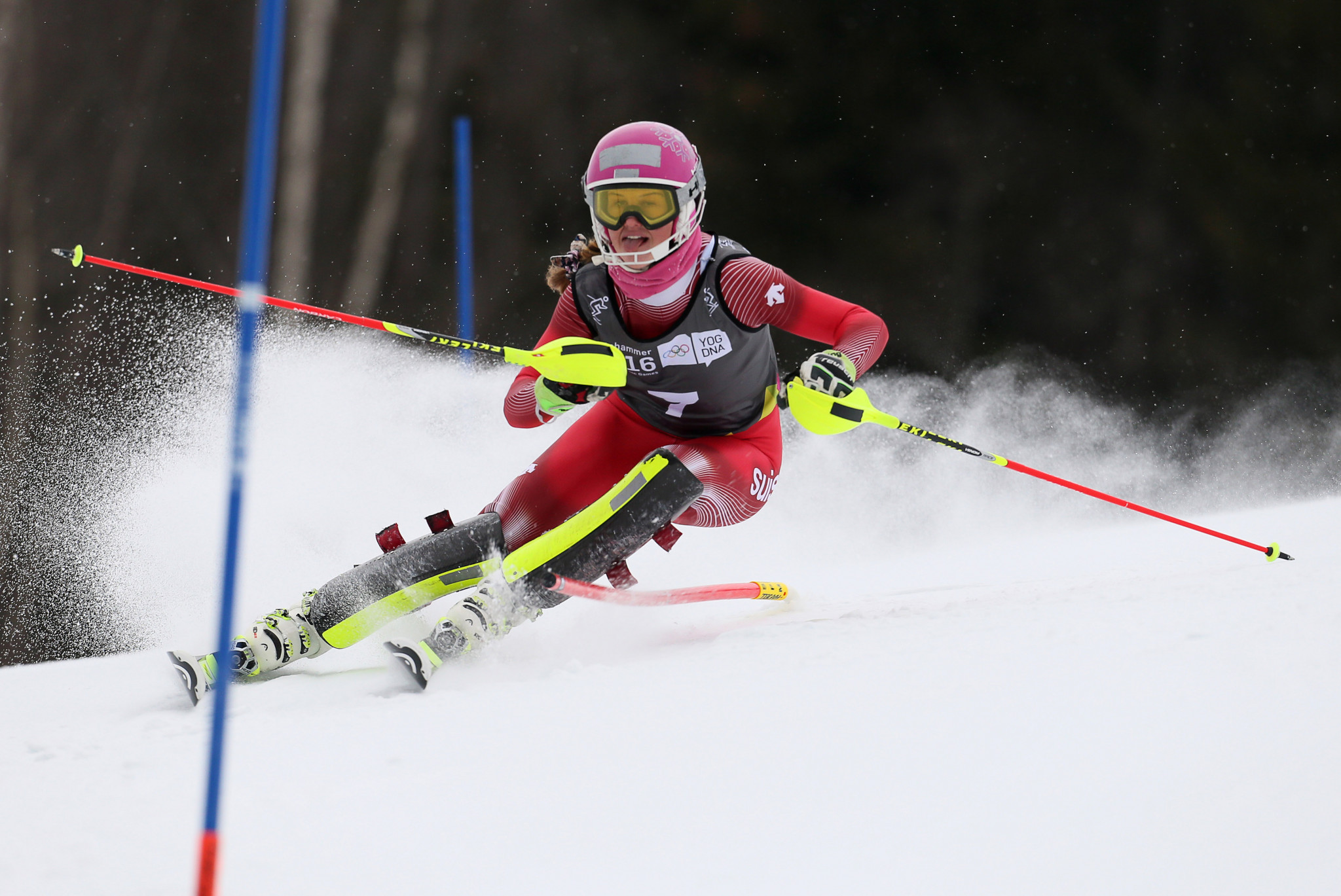
Back to top
Buenos Aires 2018
Buenos Aires 2018 was the first Summer YOG held outside of Asia and the first YOG for either summer or winter held outside Eurasia.
The IOC Executive Board agreed to add dance sport, karate, roller sports and sport climbing to the sports programme as well as many new disciplines and events such as BMX freestyle, kiteboarding, beach handball, futsal and acrobatic gymnastics.
It was claimed the new sports reflected the IOC’s and Buenos Aires 2018’s shared goal of building youth engagement, and thus represented a mix of emerging, universal and urban sports with a significant youth appeal.
While dance sport was a completely new event to the Olympic programme, karate and sport climbing served as a teaser of what is to come at the Tokyo 2020 Olympics.
During the Closing Ceremony of Buenos Aires 2018, the Olympic Flag was passed to Senegal’s capital Dakar, host of the next Summer YOG in 2022.
Dakar Mayor Soham El Wardini received the flag alongside a host of athletes from Argentina and Senegal during the handover ceremony.
Bach praised organisers for staging a “really fantastic Youth Olympic Games” and has since said he was hopeful the 2020 Winter YOG in Lausanne could build on the success of Buenos Aires 2018.
He pointed to Lausanne 2020 having an equal number of men and women competing and the two-wave arrival system – where competitors participating in the first week of events will attend the Opening Ceremony before making way for those competing in the second half of the Games – as examples of how this could be achieved.
